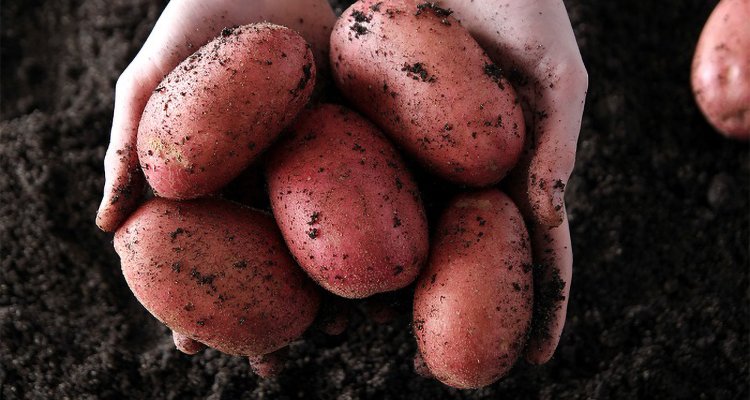
Project
Unravelling the mechanisms behind cadmium uptake by potato plants and amelioration
Potato tubers are a significant source of dietary cadmium (Cd) exposure in Europe, particularly in Cd-enriched areas of Ireland. Our project investigates the factors governing Cd uptake by potato plants and the mechanisms behind soil amendments. Through a series of hydroponic and pot experiments, we aim to elucidate these processes. The results from this project will aid the knowledge transfer and practical tools for farmers as well as other stakeholders to proactively predict and manage Cd levels in potato tubers.
Background
Potato tubers contribute a large portion of the human dietary Cadmium (Cd) exposure in Europe. Following the recommendations of the European Commission on the reduction of the presence of Cadmium in foodstuffs (2014/193/EU), several research projects have been carried out by Teagasc. In the previous projects, a risk assessment model to determine the probability of Cd-concentration exceeding the maximum level in potato was developed. Selected soil amendments for remediation were tested and although up to 40% reduction in tuber-Cd was observed, the results were not consistent over the tested soils. Therefore, a fundamental understanding of the uptake mechanisms of Cd by potato plants, the influence of different soils and plant factors and the amelioration mechanisms are of great importance.
Description
The present project is broken down into three main parts:
- Conduct a series of hydroponic studies at WUR to analyse the effects of pH, different cations and organic ligands on the Cd-uptake by potato roots in controlled systems.
- Conduct a series of pot experiments at Teagasc to reveal the amelioration mechanisms of lime additions and different organic amendments on the Cd-uptake by potato roots in 2 different Irish soils.
- Develop a general mechanistic model to describe and predict Cd uptake by potato roots and use independent results from (1) and (2) to parameterize and evaluate the model.
The results from this project will aid the knowledge transfer and practical tools for farmers as well as other stakeholders to proactively predict and manage Cd levels in potato tubers, promote and ensure the safety of Irish food and enhance Ireland’s reputation at EU level on food safety issues.
Results
We found that the maximal Cd uptake by potato roots is relatively high compared to other crops. During the short-term uptake in hydroponics, we did not observe a clear plateau in the root Cd content, even when the solution Cd concentration was as high as 10-3 M. The diffusion of Cd ions from solution to the root surface was identified as the rate-limiting step during the uptake process. At constant Cd2+ activity, addition of soluble complexing ligands, such as fulvic acid, will increase the uptake due to dissociating and replenishing Cd2+ within the diffusion layer. At environmental relevant concentrations, Ca2+ ions were found to be able to compete with Cd2+ ions for root uptake but not Zn2+ions. Two potato varieties previously found to differ in tuber Cd contents exhibited similar root uptake behaviour, suggesting the difference was due to translocation within the plant parts.
The results from the pot experiment suggested that pH is the most crucial factor affecting Cd availability in soils, and consequently, the uptake and accumulation by potato plants. The application of spent mushroom compost successfully reduced tuber Cd concentration, with the reduction being more pronounced at low soil pH than at high soil pH. However, the application of Zn did not seem to significantly reduce tuber Cd. Surprisingly, liming reduced soluble Cd measured in the soils but increased tuber Cd. Plant factors may be at play here and require further investigation. Tuber Cd was found to be correlated best with 0.1 M CaCl2 extractable Cd. Multi-surface modelling performed well in predicting soluble Cd concentrations in potato-cultivated soils under amendment application.